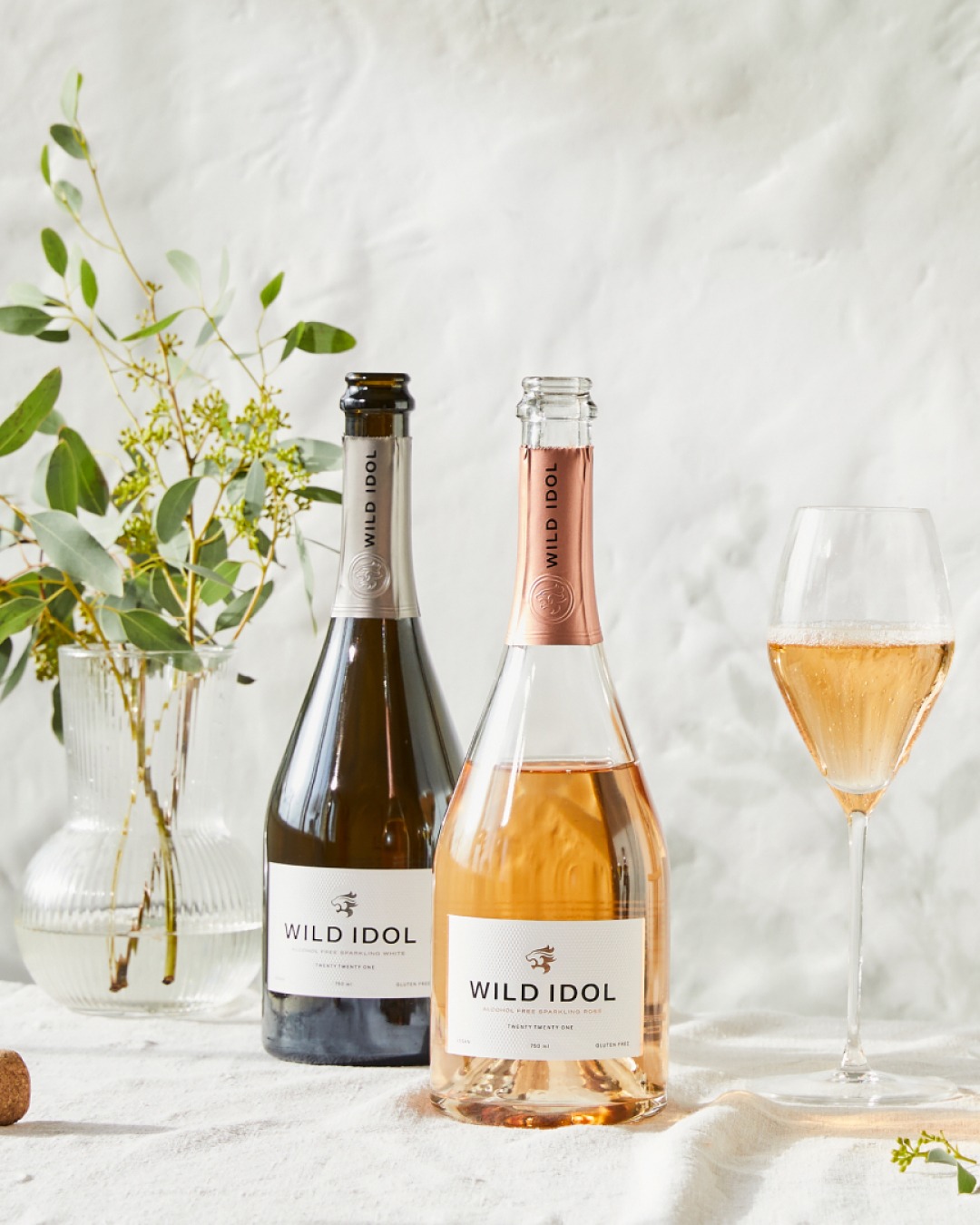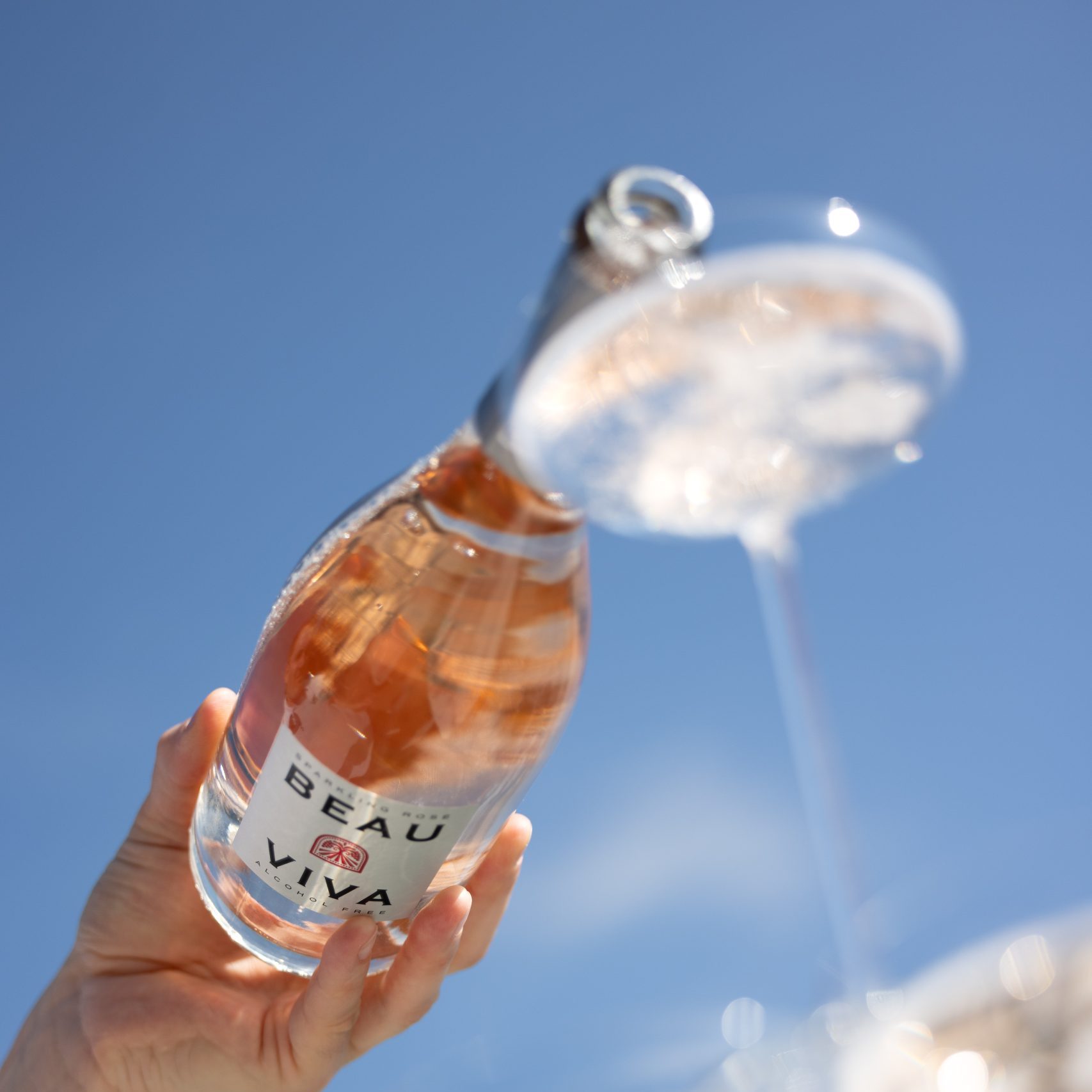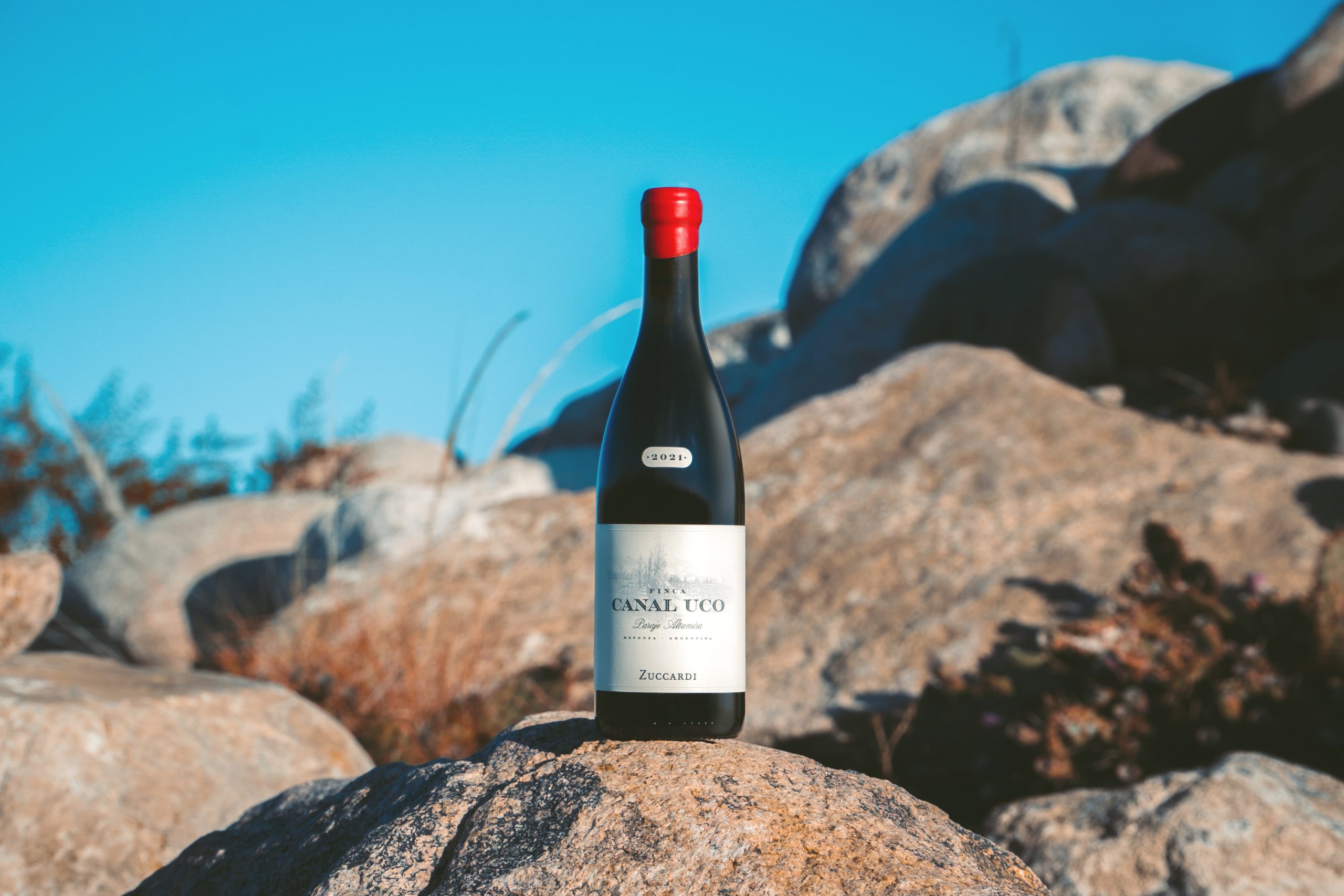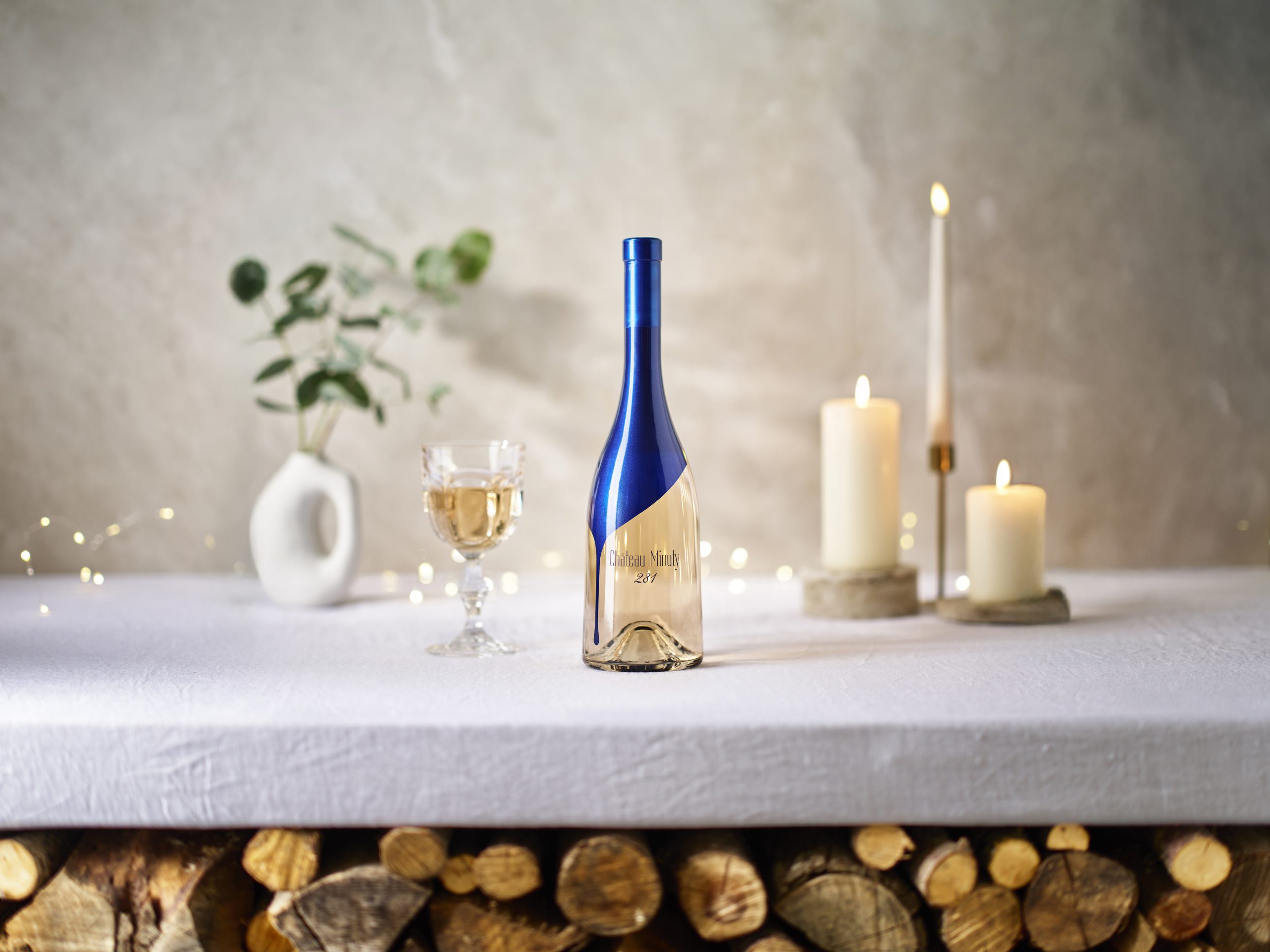Seppeltsfield: Head and heart in harmony
There comes a point in every successful businessman’s life when, empire built and acumen proved, thoughts begin to turn to a legacy.
It may be an arts endowment or a charitable foundation, but generally we start to see a softer side to individuals who have made their mark by decades of tough negotiation but are now finally prepared to allow sentiment to infiltrate their decision making. On the face of it, the acquisition by South Australia’s largest private vineyard owner and premium bulk wine producer of a crumbling fortified wine estate would appear to be the ultimate triumph of emotion over business sense. However, Warren Randall, who last year acquired a majority stake in historic Barossa estate Seppeltsfield, has ambitious plans to restore this Australian icon not just to her former glory, but profitability too.
Created in 1851 by Polish immigrant Joseph Ernst Seppelt, by 1900 this Barossa estate claimed the title of Australia’s – some even say the Southern Hemisphere’s – largest winery. However, despite boasting, among other gems, an unrivalled stock of tawny fortified wine from every vintage right back to 1878, from which it releases an annual 100-year-old vintage expression, Seppeltsfield’s recent history has been rather less illustrious.
Having fallen out of family ownership in 1984, the company languished in the hands of various big corporations, who clearly struggled to make commercial sense of this historic but unwieldy asset. Finally in 2007 the Foster’s Group sold off Seppeltsfield to a trust spearheaded by the owners of Clare Valley winery Killikanoon, before Randall stepped in to take majority control of the business in March 2013.
This move represented the culmination of a patient waiting game for a prize he had coveted for many years. “If you look at corporate takeovers there will always be fantastic assets that accountants will jettison. What they’ll look at is fixed costs”, observes Randall. “You know there’ll be fallout sooner or later so you think ‘which assets should I prepare for?’”
While Foster’s accountants were famously unable to reconcile the economics of wine production with the rapid returns of the beer business – an issue which eventually led to the 2011 demerger and creation of Treasury Wine Estates – Randall has built his entire wine empire on precisely this brewing model. “They turn grain into cash in less than a month,” he remarks of a system that, he admits, is “crass and commercial but wonderful business.”
After 16 years working for four different wineries, two of which were owned by brewers, in 1993 Randall set out to prove that this beer approach could work in the wine sphere. “It’s fairly easy with white wine but much more difficult with red,” he acknowledges. Nevertheless, the success of his McLaren Vale business Tinlins Wines established just such an industry precedent that, following subsequent expansion across Langhorne Creek, Currency Creek, Adelaide Hills, Coonawarra and Barossa, has propelled Randall into the position of South Australia’s largest private vineyard owner, and the state’s largest producer of what he terms “premium bulk wine”.
With total vineyard holdings today of around 6,000 acres and the capacity to produce around 34 million litres of wine per year, Randall explains the key to making this gargantuan venture profitable. “We own our own vineyards so we control the quality and cost of the fruit,” he outlines. In addition, “We own our own wineries to control the quality and cost of the wine – and we sell that red wine seven days after pressing, pre-malo[lactic fermentation].”
In Barossa, that winery is now Seppeltsfield. When he first became involved with the property five years ago, Randall’s opening move was to restore its 1888 gravity fed winery, which, he recalls, had been used by the previous owners as a herpetarium. This year the facility crushed almost 4,000 tonnes of fruit from across Randall’s 3,100-acre vineyard holdings in the Barossa.
“Prodigious quantity with ambitious quality”
One other important factor that marks out this business from other major producers in Australia is its combination of prodigious quantity with ambitious quality. According to Randall, no one in Australia supplies more A and B grade Shiraz than him and, at a time when the country is facing an excess of supply at the bottom end, this premium positioning is no coincidence.
Looking back on the boom of the 1990s, fuelled by a government incentive that allowed people to offset the depreciation of vineyard assets against tax, he recalls watching this balance shift. “In 1998 16,000 acres were planted in Australia, all driven by this accelerated depreciation schedule,” reminds Randall. “It had taken us 152 years to plant half the vineyards that were in Australia; the other half was planted in eight years.”
What’s more, with merchants such as Oddbins converting swathes of consumers to Australian wine during this period, any voices of concern were railroaded by the juggernaut. “Perhaps now you could say we were overzealous, but at the time we were the Hollywood of the wine industry and offered the best value for money in the world,” remarks Randall. “In those days the Australian dollar got about 30 pence so we could sell arguably the best Shiraz in the world for a fiver.”
Despite his own prescient efforts to persuade the then Prime Minister John Howard towards gently reducing this planting incentive, Randall recalls: “We stayed at full acceleration, but you have to hit the brake at some stage or you’re going to crash.” As the millennium approached, he foresaw “the perfect solution was becoming the perfect storm.”
In order to avoid the approaching “tsunami”, Randall made the decision to raise his business up a rung on the quality ladder. “I know if I didn’t get out of the C channel I was be washed away.” With B grade fruit representing 10-20% of McLaren Vale and Barossa’s production and A grade half of that, Randall recognised that he could secure himself a lucrative niche. “If I can produce A grade fruit in the beer model then I can always sell it to people who are marketing premium wines,” he reasoned at the time. Sure enough, by 2004 he reports: “the tsunami had hit the C grade channel and was gushing out. I saw all these people get washed away and drown in the massive oversupply.”
Having secured his own ship during this storm, Randall’s restoration plan for Seppeltsfield will now require a dramatic change in tack. Summing up what he pithily describes as a shift from “the beer model to the De Beers model”, Randall outlines: “I now want to own the Australian diamonds – icon, A and B grade Shiraz. Every icon, A or B grade vineyard that comes up for sale, mostly in McLaren Vale and Barossa, I buy.”
Partner Content
By his own admission, Seppeltsfield marks a dramatic break from the commercial principles on which Randall has built his empire. “Now this businessman who was pretty hard-nosed for 35 years has fallen in love,” he gushes. “I’m now the custodian of a fabulous estate in Australia. I want to dress her up and show her off again.” In part, this mellowing has come with age. “I’m 57, I want to leave a legacy,” he declares. “The Australian wine industry has been very good to Warren Randall and now if I can give something back it would be through the resurrection of arguably Australia’s greatest wine estate.”
For all that he is determined to restore Seppeltsfield to its fortified pedestal, Randall is busy financing this through a bulk wine operation that currently represents around 95% of the producer’s business. Recording “unprecedented demand for icon and A grade bulk wine,” which he currently sells to around 30 different customers, Randall explains: “the money you make from the beer model now goes back into the resurrection of Australia’s most famous winery.”
What’s more, he explains how, thanks to total control over its own state-of-the-art winery and watchful eye of former Penfolds winemaker Fiona Donald, “the usual conversion of A grade fruit to A grade wine is 58%; for us it’s 98%.” While many wineries are forced to empty tanks as more fruit comes in, Randall insists: “If Fiona says leave the fruit on skins for another two days, we take the risk. It’s quality winemaking not logistic winemaking.”
Restoring the jewel in Seppeltsfield’s crown
With the bulk business generating cash flow, Randall’s next focus has been developing Seppeltsfield’s array of historic buildings to create a major tourist attraction. However, he notes: “Wine tourism really is a bit passé, a bit boring. I want people to come to Seppeltsfield for its gardens, architecture, artisans, wine, history – it needs to be a lifestyle experience.” Even in the doldrums, this estate still managed to attract 90,000 visitors each year; following its makeover, Randall aims to raise that to 150,000.
Ultimately however, all this activity and investment is geared toward the restoration of the real jewel in Seppeltsfield’s crown: its staggering collection of old fortified wines. Aware of the challenge of marketing fortified wine to a wine industry and consumer lifestyles that have largely evolved away from this style, Randall nevertheless believes he has the ingredients to cultivate a real opportunity that few others can touch.
“We’re the only winery that releases a 100 year old wine every year”, he claims. “That’s the pinnacle of Seppeltsfield, what makes it so distinct.” Describing the company’s annual release of this centennial expression as a hitherto “absurdly kept secret”, Randall is determined to shine an overdue spotlight on this house speciality. “We now have to turn Seppeltsfield fortifieds into a desirable, almost unattainable experience,” he states.
For Randall, the key to success with this project lies in breaking away from traditional fortified cues to embrace the tactics employed so successfully by producers of luxury Cognac or single malt Scotch expressions. “They need to be rare discovery wines; they need to go into a completely different class, a sought after experience for connoisseurs” he insists.
The first step in this direction is heralded by a new collaboration with Lalique to produce 150 bespoke decanters of 100 year old blended tawny, each priced at AUD$10,000 (£5,500). In age, rarity and price tag the product casts a self-consciously long shadow over Penfolds’ recently released £1,900, 330-bottle run of 50-year-old tawny. However, it does bear close parallels both in venerability and ambitious positioning with Graham’s £4,510 Ne Oublie tawny Port, which dates back to 1882, or Taylor’s £3,000 example from 1863 – as a blend, Seppeltsfield’s own offering may include tawny laid down between 1878 and 1938.
While the deluxe packaging will undoubtedly help catapult Seppeltsfield into the luxury drinks arena, Randall highlights the vineyard heritage that lends this product valuable credibility. “Our bush vine Grenache is stunning,” he claims, noting that the youngest vines are 63 years old, while the oldest are “guaranteed over 120 years old.”
If bulk wine is funding the renovations and fortified wine is taking care of the prestige side, Randall has identified a further, more conventional commercial gap in the middle. “Table wine has to be our renaissance and our future,” he maintains, outlining a 10 year experimental phase currently underway to establish what might be possible on this front.
One part of this project focuses on converting some parcels of this old Grenache, mature Shiraz and 50-year-old Touriga Nacional vines, which were included in the existing 250 acres of estate vineyard, to table wine production. However Randall has also been busy planting a host of other Mediterranean varieties such as Tempranillo, Montepulciano d’Abruzzo, Sagrantino, Nero d’Avola and Vermentino.
If there’s one stumbling block on this road to re-establishing Seppeltsfield on the world map, it’s a frustrating legal clause that means the Seppelt table wine brand is still owned by Treasury Wine Estates. Although Randall owns the Seppeltsfield name, he is only allowed to use it for fortified wines, not table wines – although a recent deal with TWE has made an exception to this rule for cellar door sales.
Such a minor obstacle is unlikely to hold back the rehabilitation of this piece of Australian winemaking history. As the first ripples of energy from the new regime start to spread, there’s every chance that this sleeping giant could be about to wake.
A version of this article first appeared in September’s issue of the drinks business.




